In the fourth generation, the Fitbit’s Charge series is to be transformed into a tracker all-rounder. With integrated GPS, the Charge 4 can set itself apart from its predecessor, but in the end, it fails due to a (still) too high price and too many compromises.
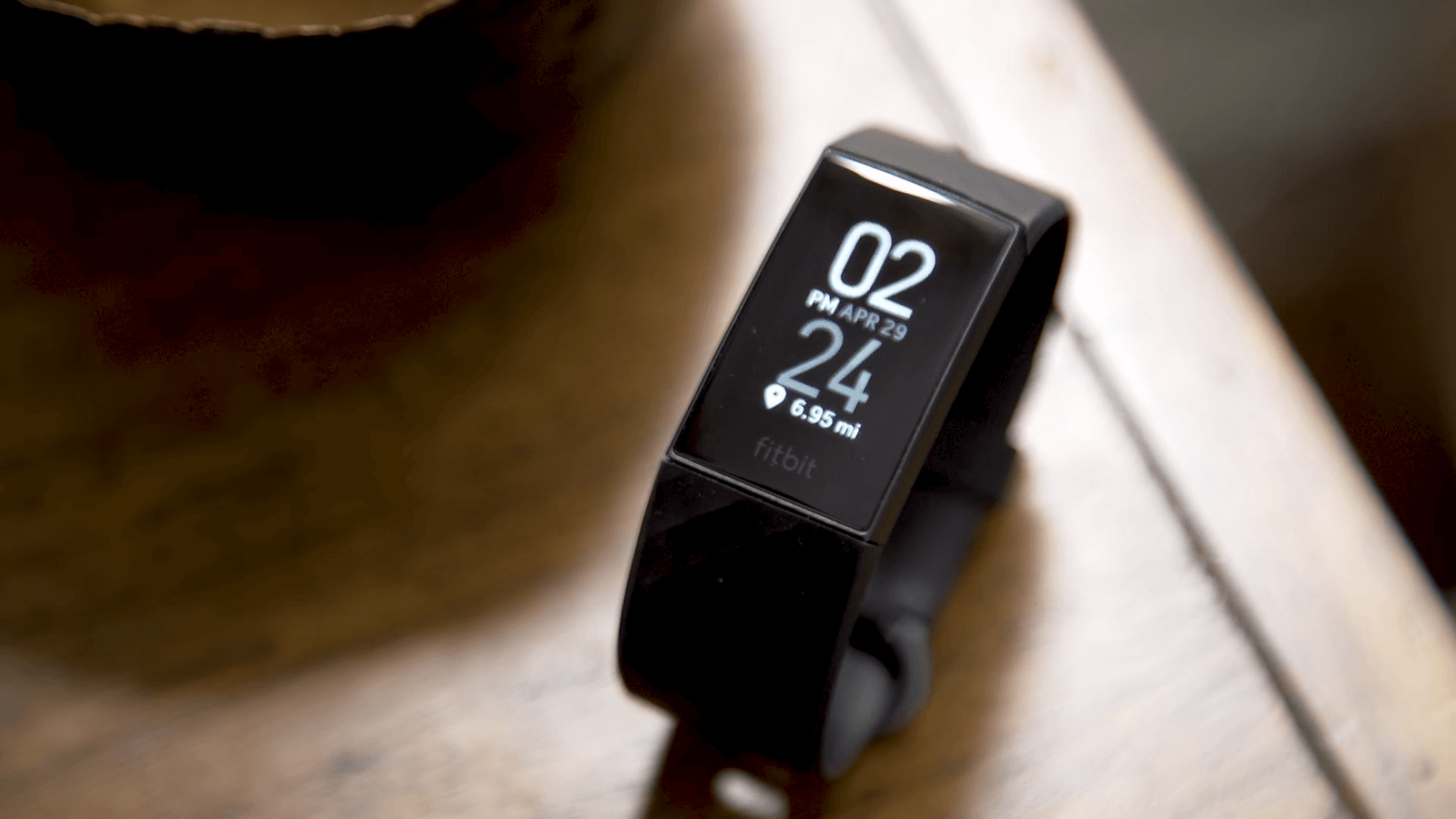
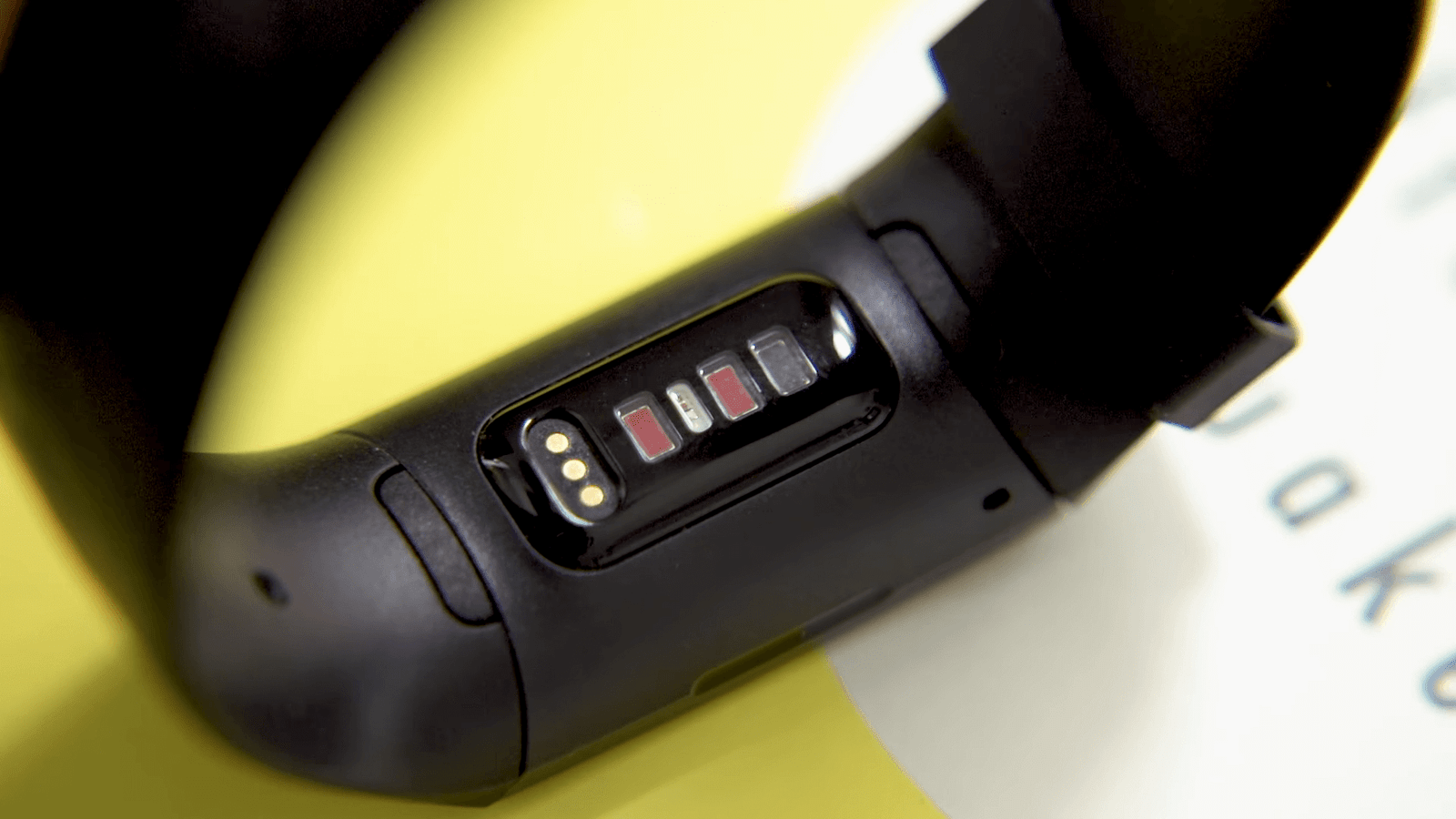
In the Galaxy Fit wearable series, Samsung focuses on the core aspects of a fitness bracelet. With the current Galaxy Fit2, Samsung has improved the battery life and display compared to its predecessor at a significantly reduced price. Still, the new generation cannot convince as a fitness bracelet.
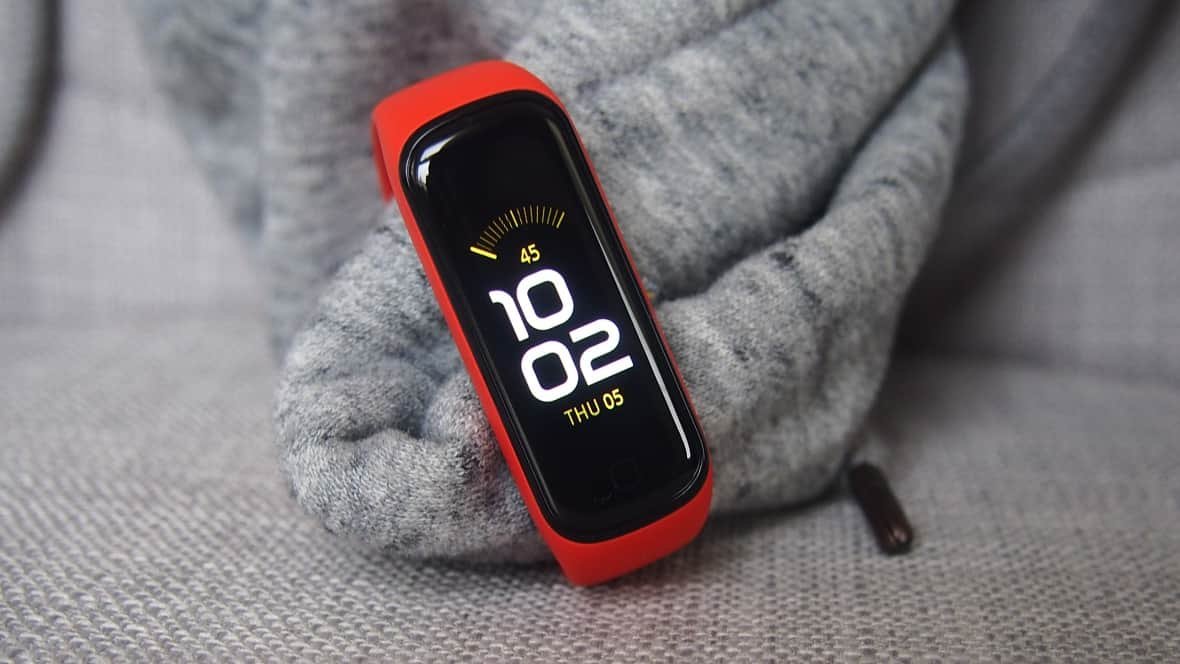
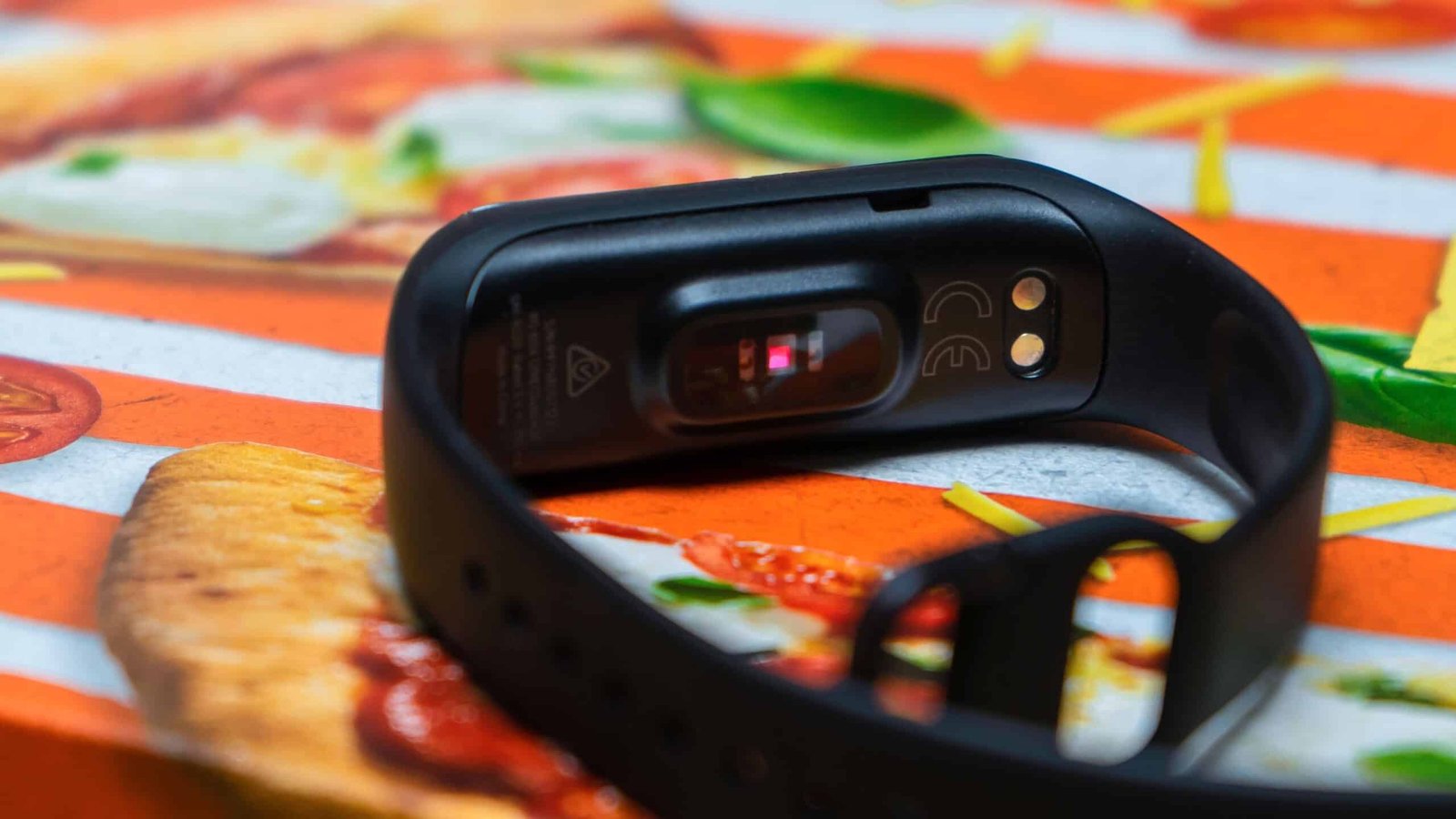
General
| Fitbit Charge 4 | Samsung Galaxy Fit 2 | |
| $ | CHECK PRICE | CHECK PRICE |
| Brand | Fitbit | Samsung |
| Model | Charge 4 | Galaxy Fit 2 |
| Sensors | Accelerometer, Gyroscope, Optical Heart Rate | Accelerometer, Barometer (Altimeter), Touch |
| Shape | Rectangular, Flat | Rectangular, Flat |
| Display | OLED, Grayscale | AMOLED |
| Compatibility | Android, iOS | Android, iOS |
| Colors | Black, RoseWood, Storm Blue | Black, Red |
Fitbit Charge 4
The fourth generation is now available as a standard and special edition. With the same range of functions, the only difference between the two variants is the strap material. The conventional Charge 4 uses a structured plastic bracelet in black, rosewood, and steel blue. The special edition offers a fabric bracelet. A black standard strap is also included in the scope of delivery.
The Charge 4 has integrated GPS and records so-called active minutes – more on this later. In addition, both versions of Charge 4 offer the Fitbit Pay payment function via NFC. That was previously only reserved for the special edition of Charge 3. With the change from aluminum to the plastic housing, a deterioration is also to be noted.
The Fitbit Charge 4 makes a very high-quality impression from the outside, even despite the plastic housing. Thanks to its light, superficial diamond pattern, even the plastic bracelet does not look like a monster and is nice to look at. The bracelet can also convince with its properties. It does not smell unpleasant, is non-slip but not tight, and is hardly prone to dirt and dust.
There are also no reasons for complaints about the wearable unit. With a height of 12.5 mm, it looks a bit high at first but is still very easy to carry. There are no sharp edges or the like. Always great: Fitbit always includes two bracelet lengths with its wearables and smartwatches.
Samsung Galaxy Fit 2
In addition to the smartwatches of the Galaxy Watch series, the new Galaxy Fit2 represents Samsung’s entry-level wearable. Compared to the previous model Galaxy Fit and Fit e introduced last year, the battery capacity has increased from 120 mAh to 159 mAh. The display grows from 0.95 inches to 1.1 inches.
Externally, the Galaxy Fit2 is kept very simple. The tracker is made up of two components so that the bracelet also serves as a holder for the tracker unit. This design makes it difficult to change a bracelet, especially since Samsung bracelets have to be used first. Conventional wristbands cannot be used, and third-party wristbands are currently rare.
Regardless, the processing quality is excellent. The Galaxy Fit2 does not show any sharp edges or irregular gaps. The choice of material for the bracelet clasp is less noticeable. The silicone strap and plastic case can be considered standard, but the plastic clasp looks cheap even considering the new price. One of the direct opponents, Xiaomi’s Mi-Band series, offers a stainless steel clasp.
Technical Specifications
| Fitbit Charge 4 | Samsung Galaxy Fit 2 | |
| Display Resolution | 100 x 150 pixels | 126 x 294 pixels |
| Dimension | 35.8mm x 22.7mm | 46.6 x 18.6 x 11.3 mm |
| Weight | 27g | 21g |
| Touchscreen | Yes | Yes |
| Water-Resistant | Yes | Yes |
| Water Resistance Depth | 50 m | 10 m |
Fitbit Charge 4
Like its predecessor, the Charge 4 is classified by the manufacturer as “water-resistant up to 50 m”, equivalent to the 5 ATM standard. This also describes the possibility of wearing the watch while showering. Still, Fitbit lists the following in the wearing and cares instructions: “ Fitbit Ace 2, Charge 3, Flex 2, Ionic as well as products from the Inspire and Versa families can be used in the lake, be worn in the pool or the ocean, Fitbit Ace can be worn in the shower.
Samsung Galaxy Fit 2
The Galaxy Fit 2 offers water protection up to 5 ATMs according to ISO standard 22810. Samsung confirms that the watch can be used for swimming and, at the same time, advertises product photos showing the Fit 2 being worn for swimming, but this contradicts the actual classification, which only allows it to be worn while showering or bathing. Although the watch can withstand swimming, a water hammer can inadvertently lead to a defect due to pressure peaks. In the small print, Samsung specifies that the Fit 2 is “ not suitable for activities such as jumping in the pool, scuba diving, water skiing or similar water activities at high speed and/or activities in deep water. “
Activity Monitoring
| Fitbit Charge 4 | Samsung Galaxy Fit 2 | |
| Pedometer | Yes | Yes |
| Calories Count | Yes | Yes |
| Heart Rate Monitor | Yes | Yes |
| Compass | Yes | No |
| Calendar | Yes | Yes |
| Alarm Clock | Yes | Yes |
| Chronograph | Yes | Yes |
| Date & Time Display | Yes | Yes |
| Language | English | English |
| Sleep Tracking | Yes | No |
Fitbit Charge 4
In terms of sensor accuracy, the Charge 4 ranks among the previously tested Fitbit smartwatches. In short: step and heart analysis are almost flawless. The Fitbit Charge 4 registers the 1,000 counted steps with a value of 1,002 steps. The deviation from two steps can be added to the tolerance so that this is possibly due to the last step and the subsequent lifting of the arm to read the result.
Sleep analysis also seems to work great – but why does it seem? Without a fixed reference, the evaluation is difficult to understand. At least the times you fall asleep and wake up agree with the real conditions – going to bed and getting up.
Samsung Galaxy Fit 2
The Galaxy Fit2 with an accelerometer, gyroscope, and heart rate sensor for a fitness tracker is limited to the bare essentials of the sensors used. There is no GPS location on board, so a paired smartphone must always be within reach. Additional functions such as contactless payment or your own music playback via paired headphones are also not possible. The lack of location recognition that makes the Galaxy Fit2 as an advertised thoroughbred athlete thwart the bill. What use is a sports wearable, no matter how small, if you still have to carry your smartphone with you?
On the other hand, it is extremely praiseworthy that the Galaxy Fit2 is compatible with older devices from Android 5.0, and so a new smartphone is not necessarily required.
Connectivity Features
| Fitbit Charge 4 | Samsung Galaxy Fit 2 | |
| Bluetooth | Bluetooth v4.0 | Bluetooth v5.1 |
| GPS | Yes | No |
| NFS | Yes | |
| Mobile Payment | Fitbit Pay | No |
| Battery | Non-removable Li-ion battery | Non-removable Li-ion battery |
| Battery backup | 15 Days | 7 Days (GPS Off) 5 Hours (GPS On) |
| Charging port | Proprietary charging cable | WPC based wireless charging |
Fitbit Charge 4
According to Fitbit, the Charge 4 should last at least seven days, and it also manages this target. With normal use, eight and a half days were achieved. However, if you consider the limited range of functions, the small display, and the fact that cannot reply messages to under iOS, which used in the test, this value can be described more as an average. A comparison: Fully-fledged smartwatches, such as the Fitbit Versa or Versa 2, can now easily achieve a battery life of four to six days.
With the use of internal GPS tracking, the running time drops rapidly. If you use it three times – a total of around 30 minutes – the total runtime drops to just six and a half days. If used for two hours, it is drastically reduced to just under a day and a half. According to Fitbit, a runtime of up to five hours is possible with exclusive use of GPS.
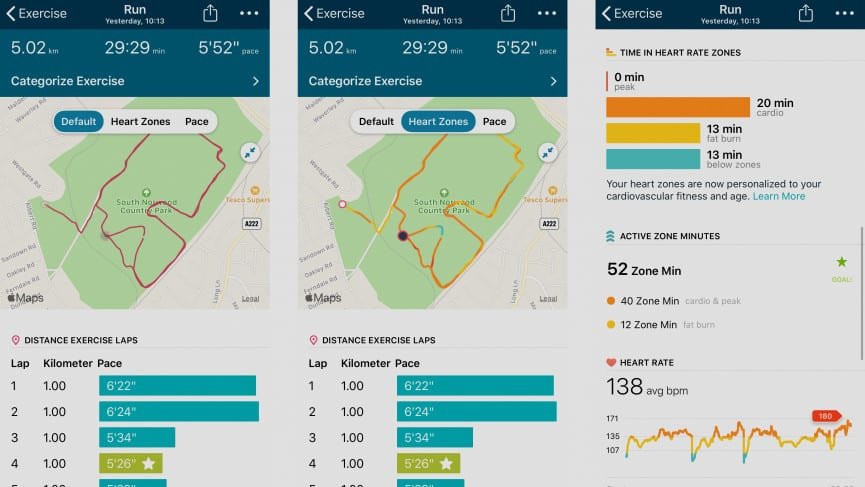
Samsung Galaxy Fit 2
Samsung specifies the running time of the Galaxy Fit2 normally with up to 15 days and with little use with up to 21 days. In the test, 17 days, including updates and switching between iOS and Android devices, were effortlessly possible.
The Fit2 was used to view the vital data and notifications. It was put down at night, and the screen brightness was left at level 6 out of 10—an excellent result, which should be significantly worse with integrated GPS positioning.
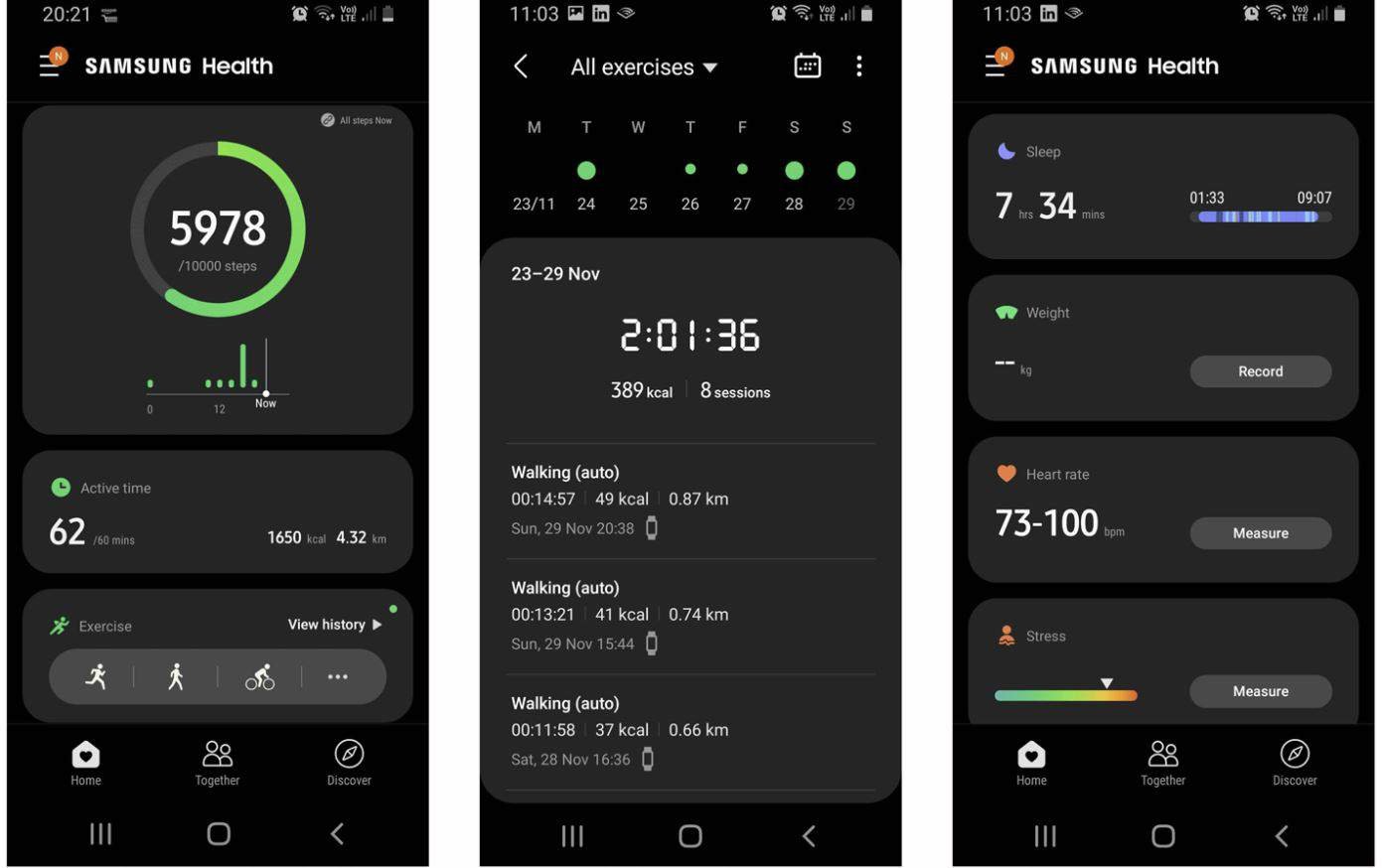
Conclusion!
The verdict on Fitbit Charge 4 is tough. The smart bracelet does a lot of things right but leaves just as many wishes for improvement. Without question, integrating an internal GPS module and the cross-variant payment function is a good move. Still, apart from the smartphone app, which cannot be attributable solely to the Charge 4, the Charge 4 does not stand out anywhere. The oxygen saturation sensor is a great gimmick, but nothing new.
So only the good analysis values and wearing properties remain on the plus side. On the other hand, the display edges that are too wide and the display below average in sunlight are less good. An unsightly diffraction gap turns out to be a dust deposit, and only average runtimes further downgrade the Charge 4.
Owing to the new price and the targeted entry-level segment, the Samsung Galaxy Fit 2 can do without additional vital sensors and functions, but at least the few existing sensors should then output correct measurements. But here, the Galaxy Fit 2 fails and cannot be used as an entry-level sports wearable. The step evaluation, which is obviously too sensitive, must be resolved via an update, and, as a thoroughbred athlete, an integrated location recording would also be desirable. To make matters worse, the display occasionally reacts too slowly or not at all to swiping gestures.
But not everything about the Galaxy Fit 2 is bad. The small display clearly stands out with its grandiose features, and the battery life of over two weeks is also to be mentioned positively. Even if the solution is cumbersome with two apps, both are easy and intuitive to use. It is also great that an account is not required for both.


